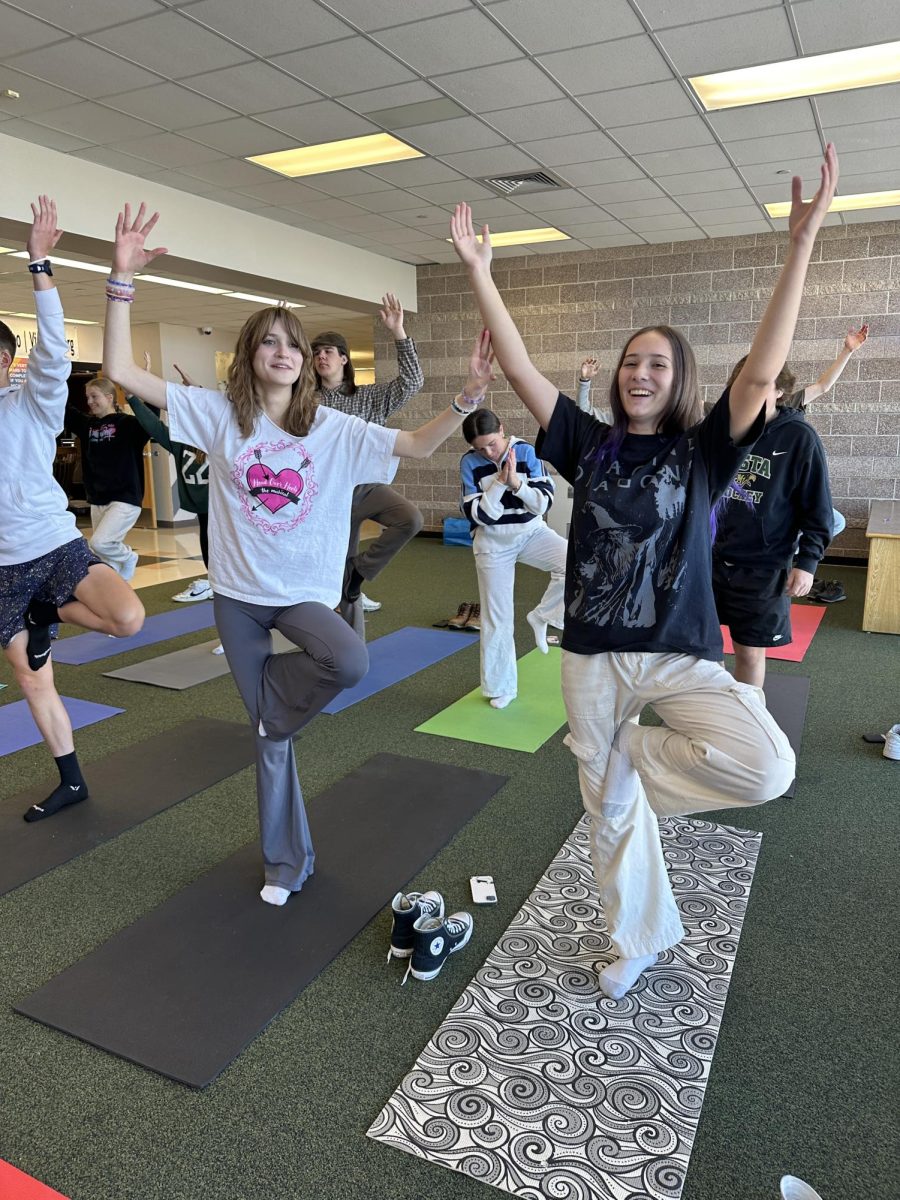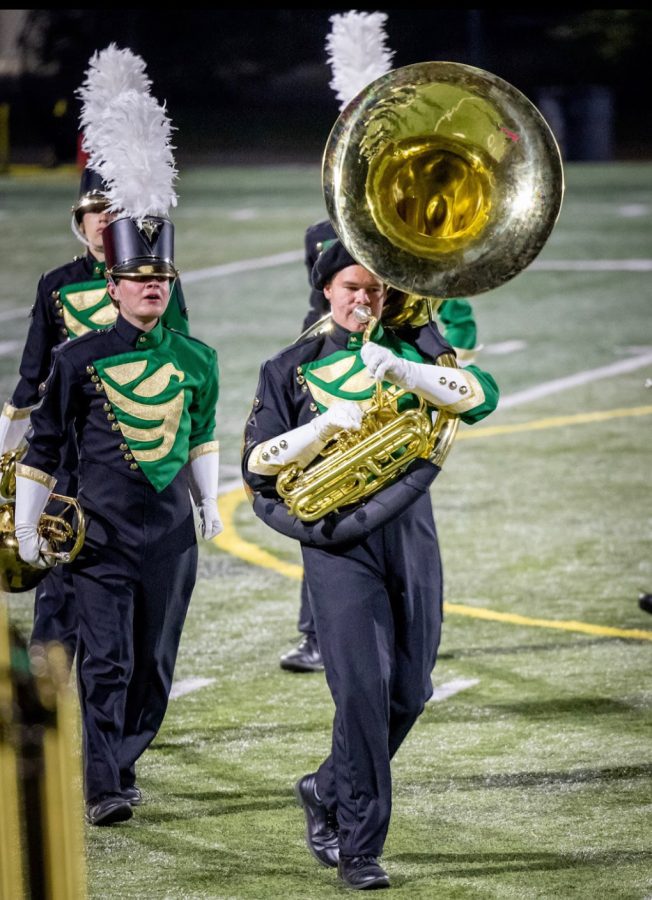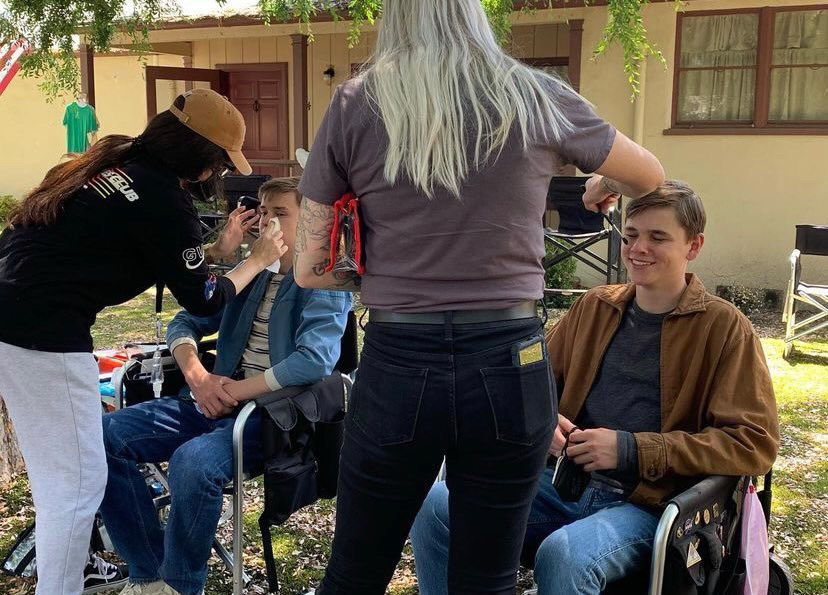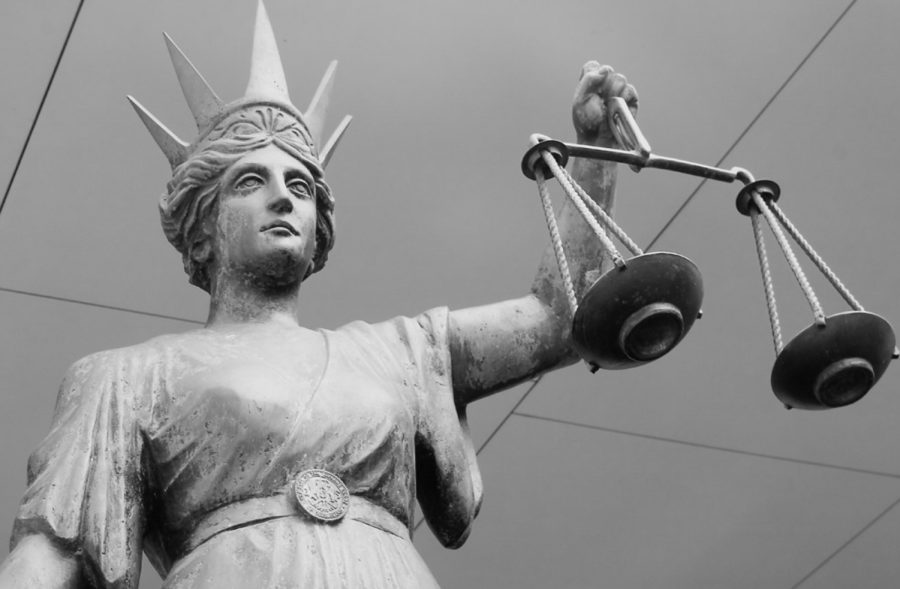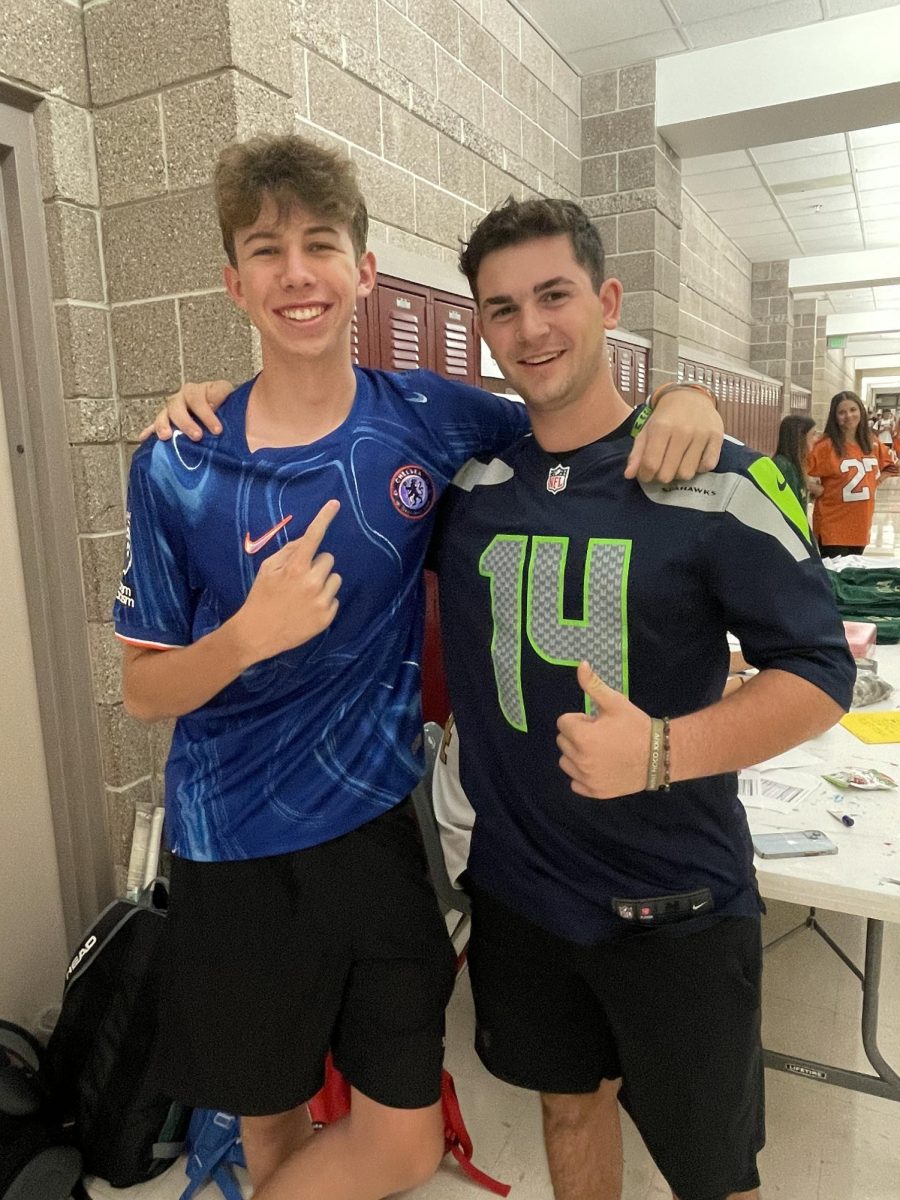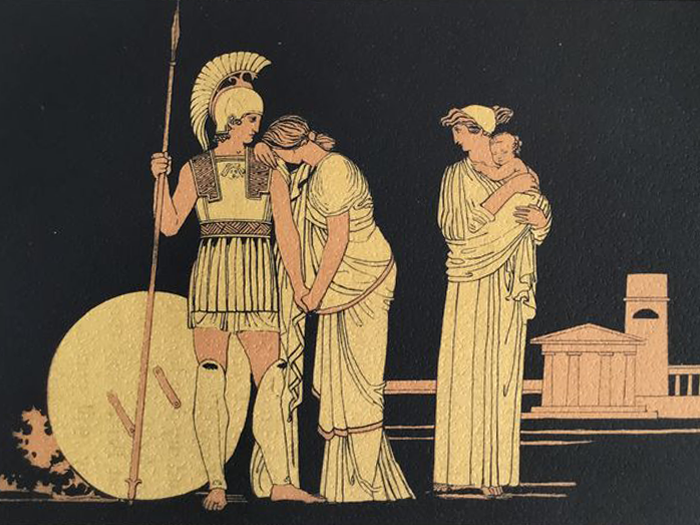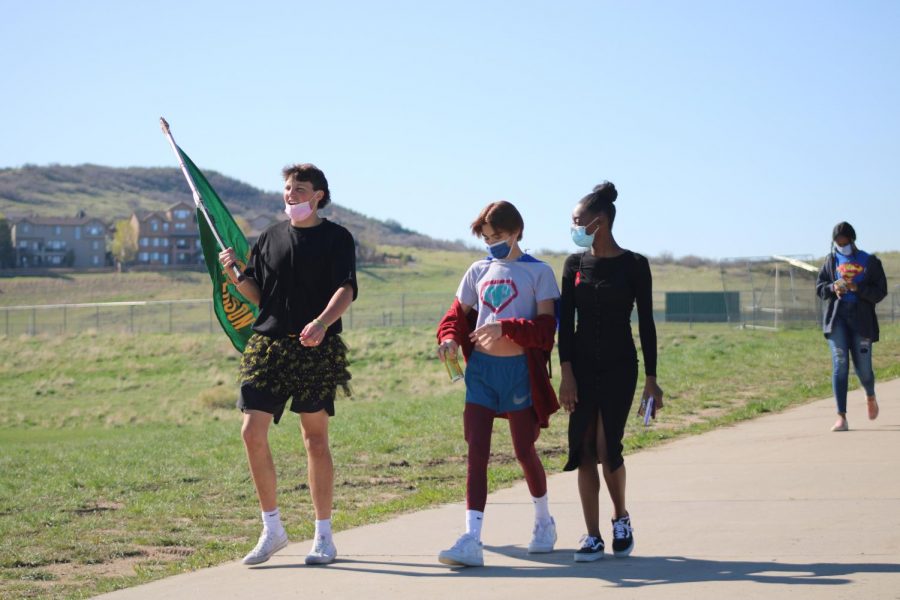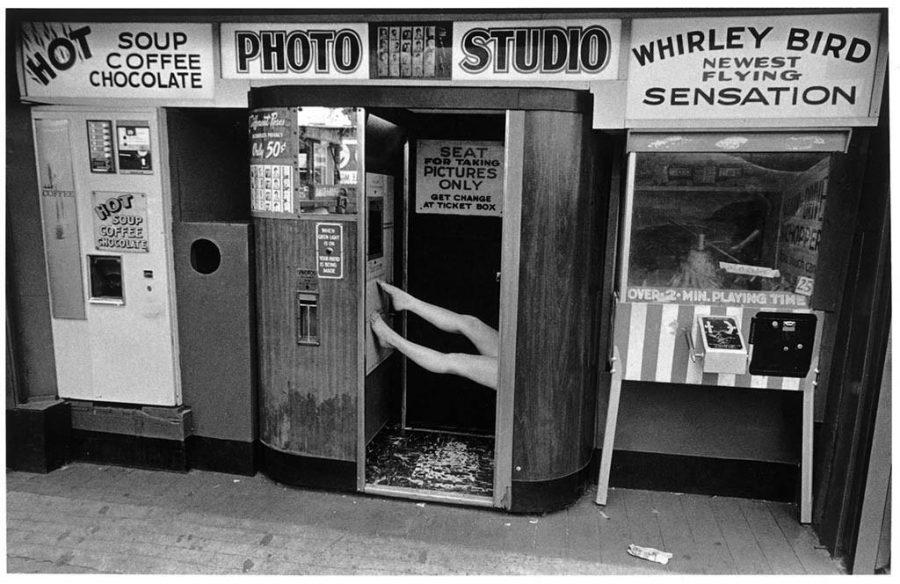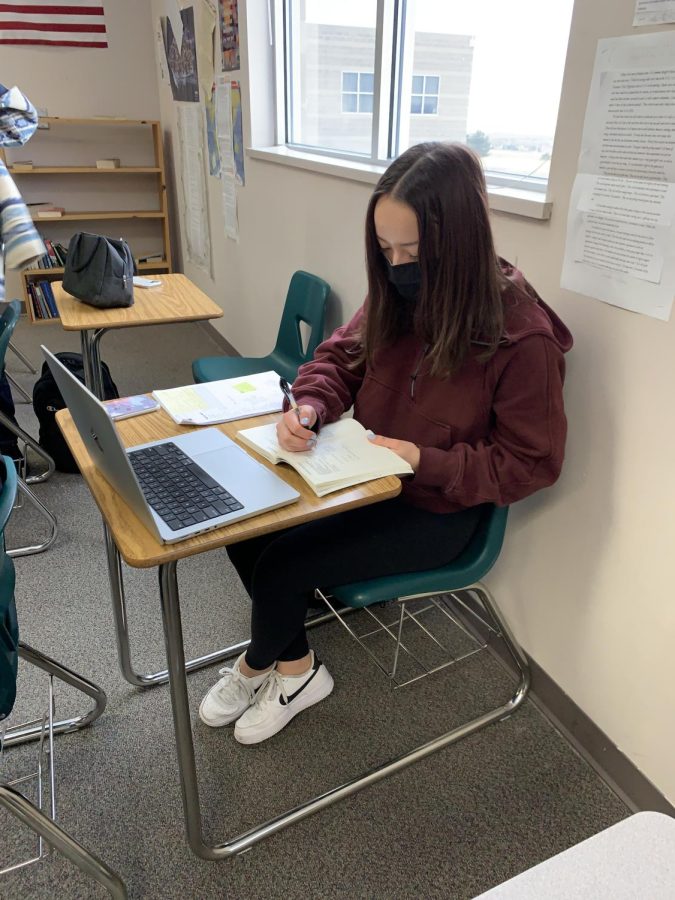The Denver Art Museum hosted a lecture from professional photographer Harvey Stein on Thursday, Sept. 10 downtown at their building. Stein has done a lot of work over his career, which he defines as having started in the year 1970. With a total of seven published books (including one coming out in the near future), Stein has done many different things, but his main focus acclaims him to be an amazing street photographer. Though he is from Pittsburgh, his work is mostly based out of New York, particularly Harlem and Coney Island. His photos overall are timeless. Stein shoots mainly on film, though he does own and use digital on occasion, and usually sticks to black and white, bringing out a raw quality in his work.
KELSEY
The way Harvey Stein frames people within his photos using other people is remarkable. Without even trying he is able to take a photo of an ordinary person and frame it with the surrounding people almost unintentionally. In one of my favorite photos of the night, he is able to frame a girl with her father’s shoulder making it so she is the focus of the photo. Stein is able to show the focus of his photos with how he frames them around people and that is one of the most interesting things I have seen in street photography.
CONNER
Every detail in a photo will make it or break it. Harvey Stein said that he
would not have used this picture in his book if the light post was not there in the foreground. Some people would argue that it blocks the picture, but from an artistic point of view, it adds perspective.
It allows you to tell how tall the old, shut down amusement park ride really is. That, and the light posts in the foreground add enough to make this a picture that allows you to really feel the enormity of that ride.
REAGAN
Harvey Stein is a remarkable photographer. Seeing his work and what exactly he thinks is very interesting, since what he does is so out of the ordinary. In the particular
photo that I chose as my favorite from the night, he uses a different approach: he uses other people to tunnel toward his subject of choice. I thought this was interesting because usually, the people in the front are the subject matter of importance, but in this instance, in the distance is a man in a top hat smiling at the camera. I found this to be a new approach and it inspired me to think differently about how I take photos.
KATIE
The attention to detail Harvey Stein paid to his work was astonishing. Within each photograph, Stein
would showcase numerous aspects of his theme with a seeming, prominent focus. Where I saw the focal point of the photo, though, it seemed Stein didn’t. If I was to look at what seemed to be a portrait, I would never appreciate the hand position of an individual perspectively yards away from the main subject matter, but Stein would and did many times over. Each of his photos was filled spectacularly with many different people and events without overcrowding the frame. Another thing I immensely appreciated of Stein’s work was how raw everything he shot was. “I’m not going for pretty,” Stein said over and over during his presentation. The way he shot proved that to be true. He maintained wide angled cameras to shoot most of his photographs, usually using a lens ranging from 21 to 35 millimeters.





